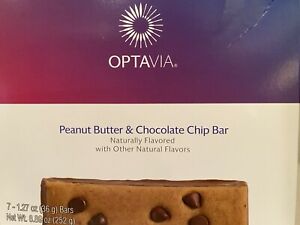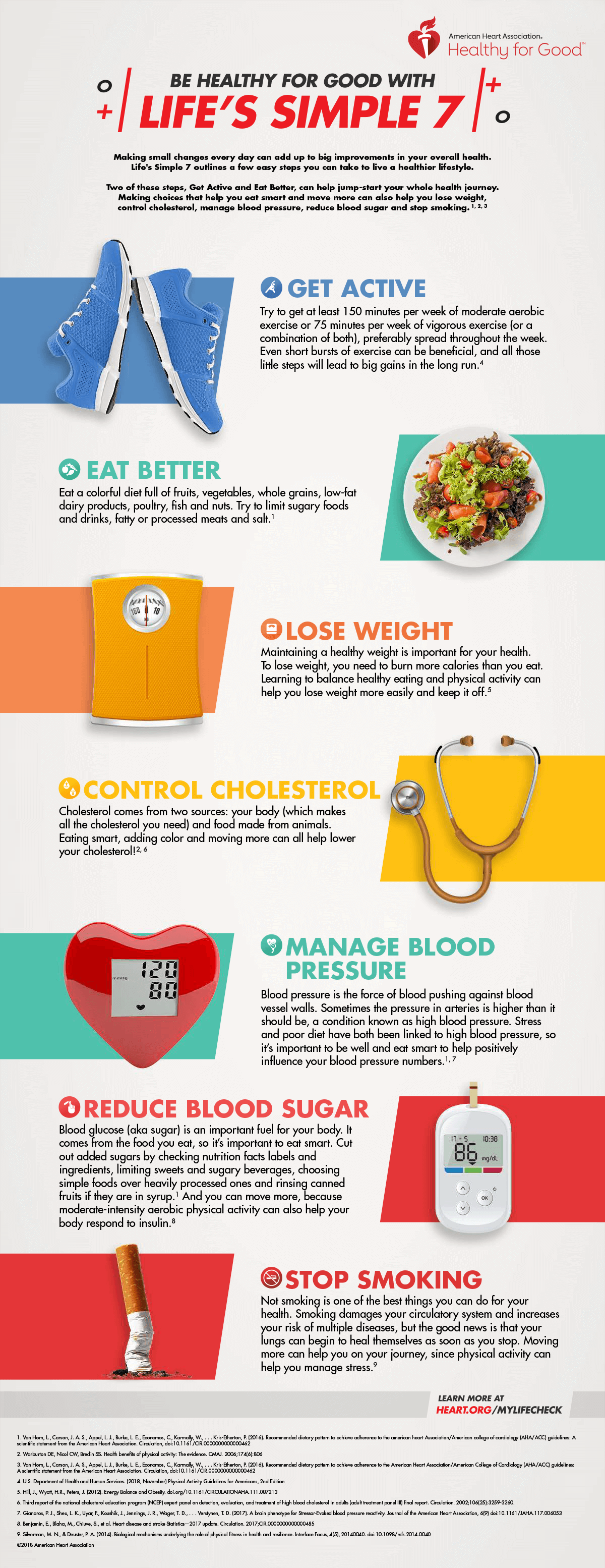
It can be hard to find healthy eating resources. The resources available may be in print or online versions, but they are usually not easy to use. You may be limited by your lifestyle, location at the grocery store, and financial resources. Fortunately, there are several sources of information that can help you make informed decisions. These are some useful websites: 1. Canadian Food Guide, 2. EatRight, 3. Canada's Food Guide 4. 811HealthLine
The Dietary Guidelines for Americans can be found at the site MyPlate. It is useful for mothers-to-be as well as nursing mothers. Links to Nutrition Education and Training Materials are also available. These links include "Eat Healthy Every Day", "Reduce Your Risk for Cardiovascular Disease", and "Manage Your Food Resources Wisely." A food thermometer can be used to determine the best foods.

We Can! initiative. This program is designed to help families and communities increase their awareness of nutrition and encourage healthier food choices. This website provides tips and information on "Go Foods" as well as "Slow Foods" as well as information about the health benefits of choosing healthier foods. These resources are especially useful for newsletters or print publications. They provide information on how to eat safely, portion size and how to teach children healthy eating habits. Visit the American Diabetes Association's site for more information.
The Healthy Eating Toolkit can be used by nutrition professionals like dietitians or community educators. It will provide information about nutrition facts and how to interpret them. The booklet has helpful tips to prepare meals for families and children with a limited budget. The Eat Smart-Eat Smart program is sponsored by the U.S. Department of Agriculture (USDA). This website has a wide range of healthy eating recipes that are inexpensive.
Many of the resources for healthy eating are designed for health professionals. The DHDSP's website provides information and resources for all kinds of health conditions. This site offers recipes and tips on how to prepare meals. You can also access the NIA's online library from this site. There are many other resources available from the NIA that can help you promote healthy eating habits in your community. These resources are important to share with your patients. Make sure they understand the many benefits of a heart-healthy lifestyle.

We Can! The We Can! chart can be used by parents to help them provide healthy lunches for their children. It can be confusing to determine what products you should buy for lunches, even though most packaged foods include nutrition facts labels. The We Can! nutrition chart can help you make the right decision for your family. A nutrition chart will show you which foods are healthy for you and which are not. You can create a delicious lunch for your children by deciding which foods are best.
FAQ
How can I tell what is good for me?
Listen to your body. Your body is the best judge of how much exercise, food and rest you should get. Your body will tell you what to do so that you don't go overboard. You must listen to your body to ensure you are healthy.
What is the best way to eat?
There are many factors that influence the best diet, including your gender, age, weight, health condition, lifestyle, and personal preferences. Also, consider your energy expenditure, whether you prefer low-calorie food, and whether you enjoy eating fruits or vegetables.
If you are trying to lose weight, then you may want to try intermittent fasting. Intermittent fasting is a way to eat only certain meals during the day instead of three large meals. This method may work better than traditional diets which include daily calorie counts.
Research suggests that intermittent fasting may increase insulin sensitivity and lower inflammation. This can result in a reduction in blood sugar levels and a reduced risk of developing diabetes. Some research also suggests that intermittent fasting might promote fat loss, and improve overall body composition.
Do I need to count calories
Perhaps you are wondering what the best diet is for you. or "is counting calories necessary?" The answer to this question depends on many factors, including your current health, your personal goals and preferences, as well as your overall lifestyle.
The Best Diet for Me - Which One is Right For You?
The best diet depends on me, my health, my goals, my preferences and my overall lifestyle. There are many diets out there, some good and some bad. Some are better for certain people than others. What should I do? How can I make the right choice?
This article aims at answering these questions. The article starts by introducing the many types of diets currently available. After that, you will learn about the pros and disadvantages of each type. We'll then discuss how to choose which one is best for you.
Let's begin by briefly reviewing the different types and diets.
Diet Types
There are three main types. Low fat, high proteins, and ketogenic. Let's take a look at them all below.
Low Fat Diets
A low-fat diet restricts fat intake. This is done through reducing the intake of saturated fats (butter, cream cheese, etc.) and replacing them with unsaturated fats (olive oil, avocados, etc.). People who are looking to lose weight quickly and easily will benefit from a low-fat diet. This kind of diet could cause problems like constipation or heartburn and indigestion. In addition, it may lead to vitamin deficiencies if a person doesn't get enough vitamins from their food.
High Protein Diets
High protein diets are known to restrict carbohydrate intake and promote the consumption of proteins. These diets have higher protein levels than other diets. These diets can help increase muscle mass and decrease calories. One problem is that they might not be sufficient to provide regular nutrition. They can also be very restrictive so they may not be suitable for everyone.
Ketogenic Diets
The keto diet is also known as the keto diet. They are high fat and moderately carbohydrate and protein-rich. These are often used by bodybuilders and athletes because they allow them the ability to train harder and for longer periods of time without feeling tired. They do require strict compliance to avoid any side effects like fatigue, headaches, nausea, and headaches.
Statistics
- According to the Physical Activity Guidelines for Americans, we should strive for at least 150 minutes of moderate intensity activity each week (54Trusted Source Smoking, harmful use of drugs, and alcohol abuse can all seriously negatively affect your health. (healthline.com)
- nutrients.[17]X Research sourceWhole grains to try include: 100% whole wheat pasta and bread, brown rice, whole grain oats, farro, millet, quinoa, and barley. (wikihow.com)
- This article received 11 testimonials and 86% of readers who voted found it helpful, earning it our reader-approved status. (wikihow.com)
- WHO recommends reducing saturated fats to less than 10% of total energy intake; reducing trans-fats to less than 1% of total energy intake; and replacing both saturated fats and trans-fats to unsaturated fats. (who.int)
External Links
How To
What does the word "vitamin" mean?
Vitamins are organic substances found naturally in food. Vitamins are necessary for us to absorb nutrients in the foods we consume. Vitamins cannot be made by the body; they must be taken from food.
There are two types: water-soluble and fat-soluble vitamins. Water soluble vitamins dissolve easily in water. Examples include vitamin C,B1 (thiamine), B2 (riboflavin), B3 (niacin), B6 (pyridoxine), folic acid, biotin, pantothenic acid, and choline. The liver and fatty tissues are home to fat-soluble vitamins. You can find vitamin D, E K, A, beta carotene, and other fat-soluble vitamins.
Vitamins are classified according to their biological activity. There are eight major groups of vitamins:
-
A - Essential for healthy growth and health maintenance.
-
C - essential for nerve function and energy generation.
-
D - necessary for healthy bones and teeth.
-
E - Required for good vision & reproduction
-
K - required for healthy muscles and nerves.
-
P - essential for strong bones, teeth and tendons
-
Q - Aids in digestion and absorption.
-
R – Required for the formation of red blood vessels.
The recommended daily intake (RDA), of vitamins varies with age, gender and physical condition. The U.S. Food and Drug Administration, (FDA), sets the RDA value.
For adults 19 years and over, the RDA of vitamin A is 400mg per day. Pregnant women require 600 micrograms daily to support fetal development. Children ages 1-8 require 900 micrograms per day. Infants under one year of age require 700 micrograms per day, but this amount decreases to 500 micrograms per day between 9 months and 12 months of age.
Children between the ages of 1-18 need 800 micrograms per daily for obesity, while children overweight require 1000 micrograms. Children underweight or obese will need 1200 mg per day.
Children 4-8 years old who have anemia must consume 2200 micrograms of Vitamin C daily.
2000 micrograms is the minimum daily intake for adults over 50 years old to maintain good health. Mothers who are pregnant, nursing, or have a high nutrient need will require 3000 micrograms a day.
Adults over 70 need 1500 micrograms daily, as they lose 10% of their muscle every ten years.
Women who are pregnant or lactating need more than the RDA. Pregnant women need 4000 micrograms per dayduring pregnancy and 2500 micrograms per day after delivery. Breastfeeding mothers need 5000 mg per day when breastmilk is being produced.